Apr 05, 19 · The Baking Soda Balloon BlowUp Experiment Fill a water bottle onethird full of vinegar Put a funnel in the neck of a balloon, and hold onto the balloon neck and funnelExperiment Inflate a balloon with vinegar and baking soda reaction Baking soda and vinegar reaction inflate a gas balloon You can inflate a gas balloon without having to blow it itself What do you need a small glass bottle a funnel a balloon baking soda vinegar First add some vinegar into the bottleWhen you added the baking soda to the vinegar, the two combined to make carbondioxide gas, which inflated the balloon The expansion of the balloon changed the weight of your sealed flask because you and your entire experiment are submerged in a fluid air Just like water, air is a fluid, and fluids buoy up objects

Vinegar And Baking Soda Balloon Experiment Happy Brown House
Baking soda vinegar balloon lab
Baking soda vinegar balloon lab-To make the balloons inflate fully onSep 04, 15 · Use a funnel to add 1/3 cup baking soda to the inside of a balloon Fill a plastic bottle with approximately 1 cup vinegar Attach the balloon to the mouth of the plastic bottle, then lift the balloon upright so the baking soda falls and causes the reaction The science behind it
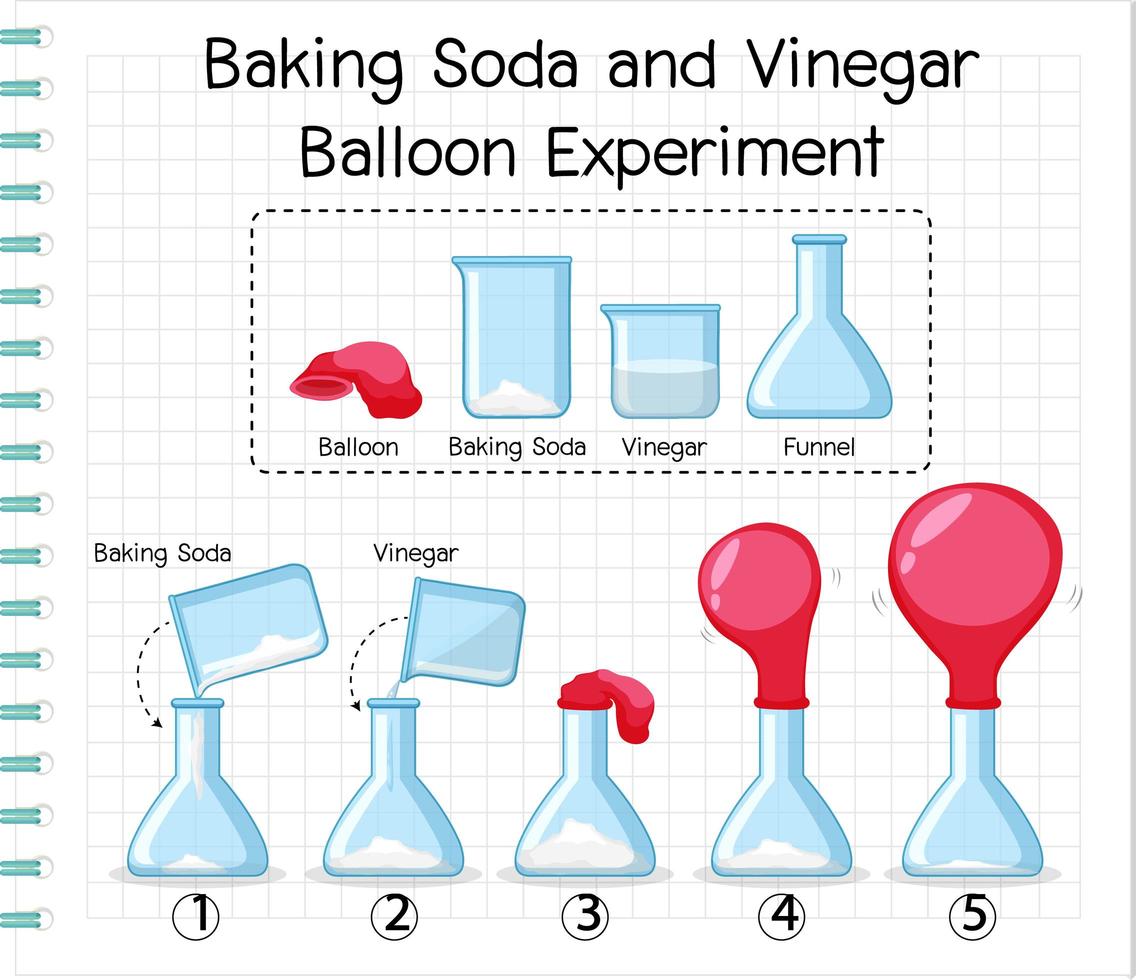


Science Experiment With Baking Soda And Vinegar Balloon Vector Art At Vecteezy
How to inflate a balloon with baking soda and vinegar Use a funnel and a spoon to get 1 Tablespoon of baking soda into the balloon Fill a plastic bottle about 1/4 full of vinegar (Add food coloring if you want) Connect the balloon to the top of the plastic bottle, while being careful not to let the baking soda out of the balloon yetKids Science Experiments SAug 13, 14 · 1 Fill balloon 1/3 to 1/2 way with baking soda 2 Attach to small plastic water bottle filled 1/3 to 1/2 way with white vinegar 3 Shake the baking soda into the vinegar, and the balloon will start to blow up!
Sep 11, · The baking soda will quickly react with the vinegar in the flask, creating carbon dioxide gas as one of its products, causing the balloon to quickly inflate After the reaction is complete the balloon will remain inflate You can pop the balloon with a tack if you wish to confirm with the students that the balloon was filled with gasThat lift is the gas produced called carbon dioxide or CO2Nov 18, · Baking soda and vinegar balloon experiment explanation by Garth Barlow How does the baking soda and vinegar experiment work?
And after the oohs andThe baking soda will quickly react with the vinegar in the flask, creating carbon dioxide gas as one of its products, causing the balloon to quickly inflate After the reaction is complete the balloon will remain inflateSep 12, 13 · Try not to let any baking soda into the bottle as you do this Finally, when you are ready for some magic, lift the balloon to allow the baking soda to fall into the bottle As soon as the baking soda hits the vinegar, a chemical reaction takes place that produces carbon dioxide This gas is what inflates the balloon!
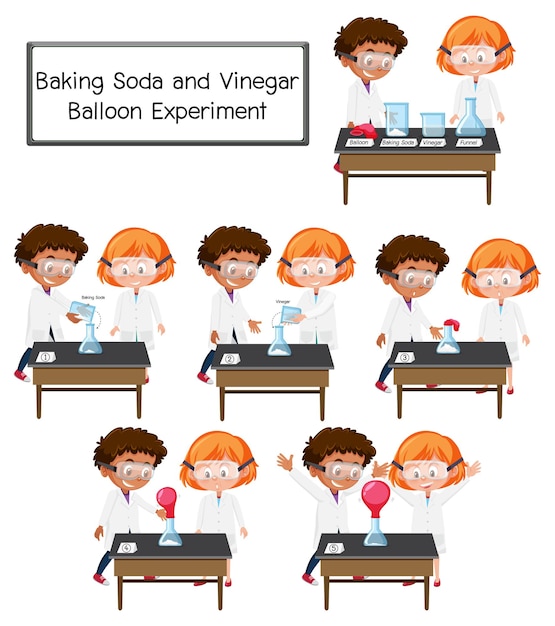


Premium Vector Scientist Explaining Baking Soda And Vinegar Balloon Science Experiment
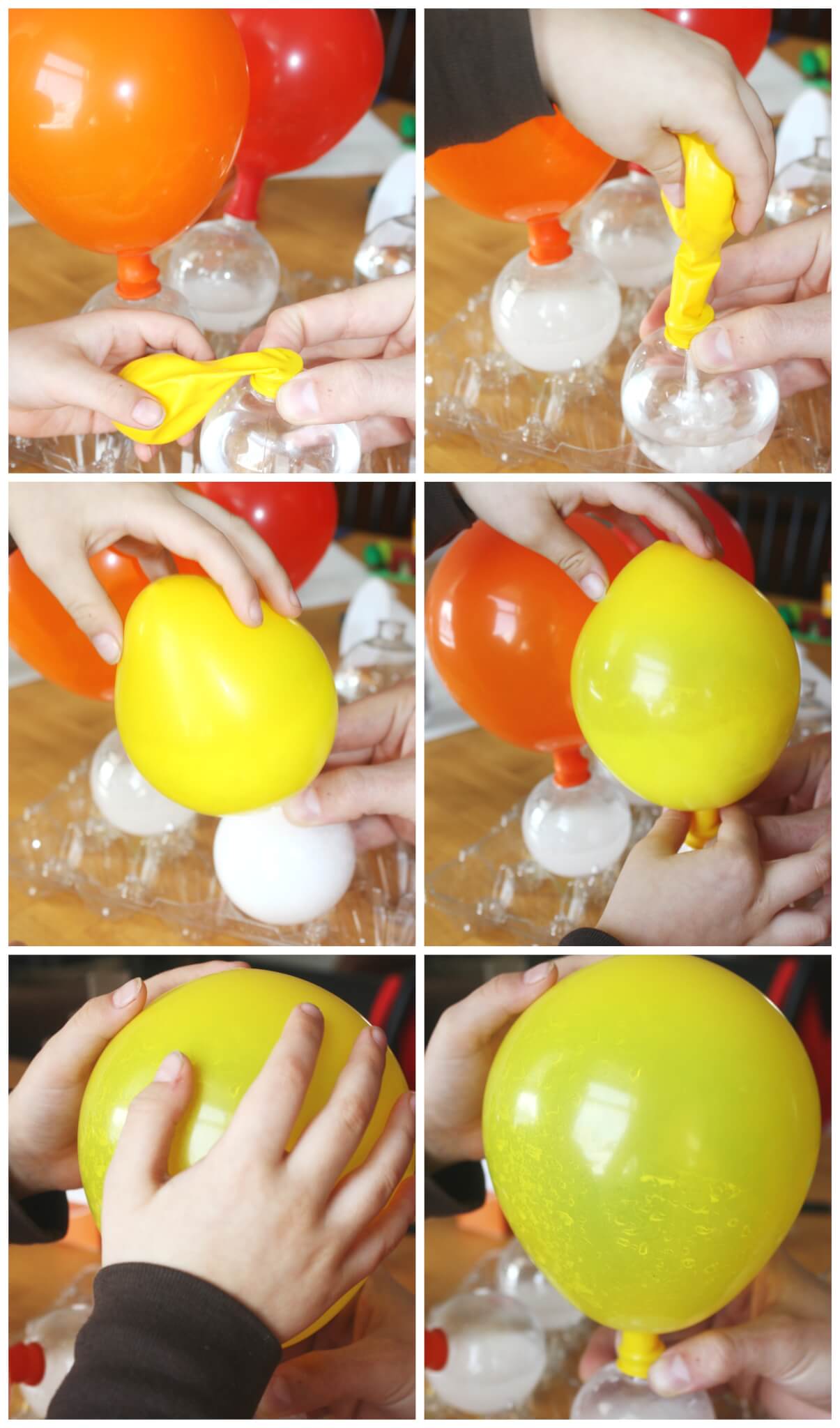


Balloon Baking Soda Vinegar Science Experiment For Kids
Dec 14, 19 · Using the funnel, put the baking soda into the balloon Pour the vinegar in the bottle Now attach the balloon to the opening of the balloon in such a way that it fits closely, without leaving any gap Hold the balloon up so that the baking soda falls into the vinegar inside the bottle Wait for a few minutesInstructions Stretch out the balloon a little bit Spread the mouth of the balloon open with your fingers (or utilize a funnel, if you have one on hand) and pour a teaspoon (or two) of baking soda into theA few years ago we explore chemistry with a baking soda and vinegar experiment with balloons To celebrate Earth Day we use an earth balloon and really made the scientific point about expanding air To celebrate Earth Day we use an earth balloon and really made the scientific point about expanding air
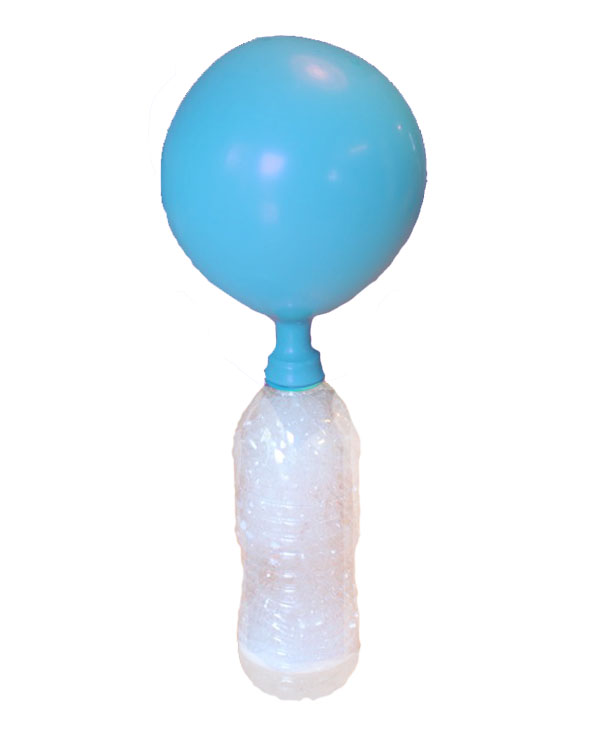


How To Inflate Balloon With Vinegar And Baking Soda Science4fun



How Matter Can Be Mixed Chemistry Experiments Science Chemistry Science
Jul 06, 17 · Baking Soda & Vinegar Balloon Experiment Supplies Empty plastic bottle (I used an Aquafina bottle) Baking Soda;Nov 18, · Baking soda is bicarbonate (NaHCO3) and vinegar is acetic acid (HCH3COO) One of the products this reaction creates is carbon dioxide, which makes the bubbles When the baking soda meets the vinegar, there is a chemical reaction as carbon dioxide gas is created and fills the balloon causing it to inflateThe gas produced from the two ingredients is carbon dioxide or CO2



Baking Soda Vinegar And A Balloon Oh My Scientific Metho Scientific Method Baking Soda Experiments Baking Soda Vinegar
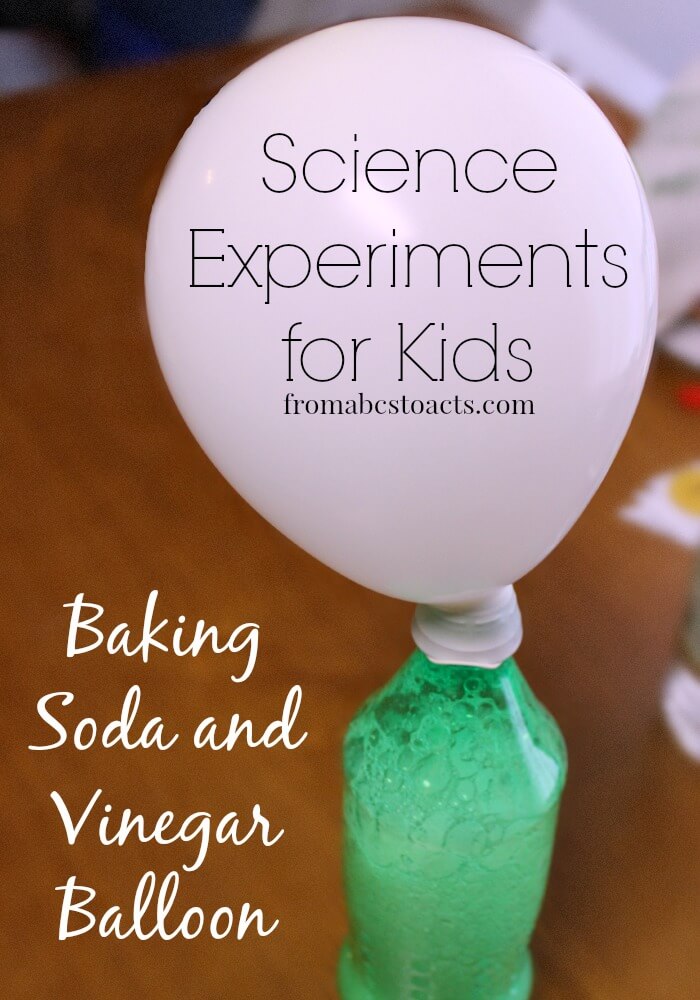


Balloon Science Experiment For Preschoolers From Abcs To Acts From Abcs To Acts
The addition of carbon dioxide in the bottle increases the air pressure in the bottle, which pushes air into the balloon and inflates it!Tweet about this video!This is how my little scientist inflates balloons!Baking soda in balloons and vinegar with food colouring in bottles=====



Baking Soda Vinegar Balloon Experiment Baking Soda Balloon Science Experiments Science Experiments Kids Easy Science Experiments For Preschoolers



Self Inflating Balloon Baking Soda And Vinegar Balloon Experiment By Lambodar Medium
May 24, · This Giant Balloon Baking Soda and Vinegar Experiment is a fun science project for kids for them to learn about acid base reactions with an entertaining twist I'm sure you've seen the classic balloon baking soda and vinegar experiment where you mix vinegar and baking soda together in a bottleThe more gas that is created, the larger the balloon will inflate The baking soda and vinegar chemical reaction will continue to inflate the balloon as long as there is still baking soda and vinegar to react Once the reaction between baking soda and vinegar has stopped, the balloon will slowly begin to deflateOct 08, 16 · Carefully attach the end of the balloon over the mouth of the bottle without dumping the baking soda in When you are ready for the reaction, have the child tip the deflated balloon to empty the baking soda into the bottle Once the vinegar and baking soda mix, the balloon will start to automatically inflate
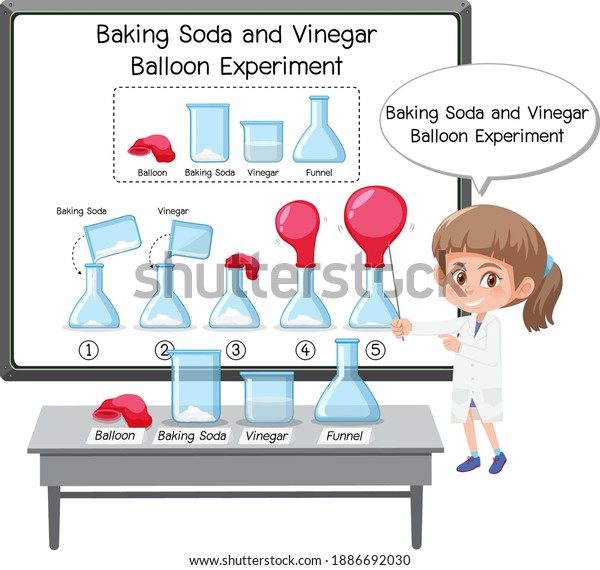


Science Experiment Baking Soda Vinegar Balloon Stock Vector Royalty Free
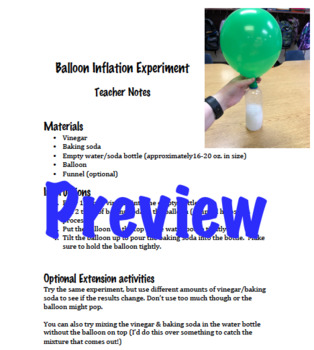


States Of Matter Balloon Inflation Experiment Baking Soda Vinegar
This Baking Soda and Vinegar Balloon Experiment is also another fun way to inflate a balloon if can't find any yeast in your kitchen cabinets!May 12, 18 · When the vinegar and baking soda combine there is a reaction between an acid and a base Vinegar is the acid and baking soda is the base This reaction between the two causes a gas called carbon dioxide to bubble and foam This gas having nowhere else to go, expands the balloon making the selfinflating balloon happenJul 14, 18 Set up a balloon baking soda and vinegar science experiment for kids Blow up balloons with a chemical reaction between baking soda and vinegar Fun science
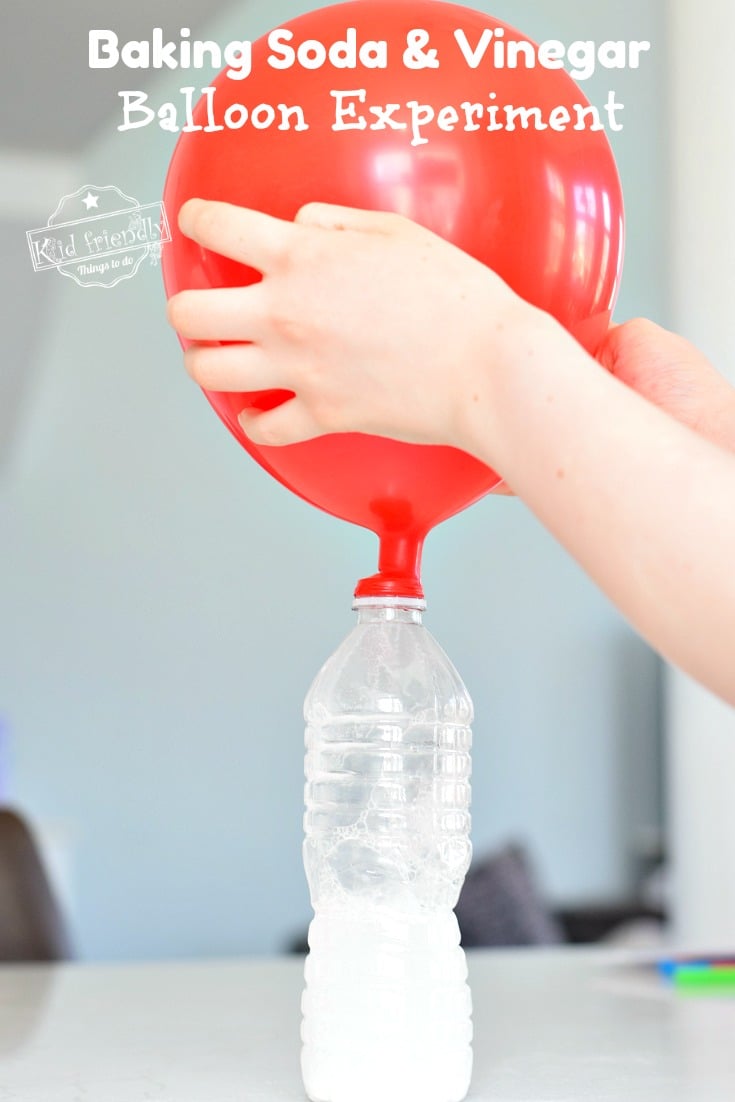


Baking Soda Vinegar Balloon Experiment Easy Fun Kid Friendly Things To Do
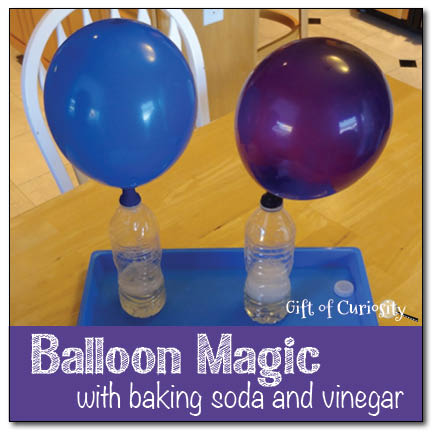


Balloon Magic With Baking Soda And Vinegar Gift Of Curiosity
Use the small funnel to put 2 tablespoons of baking soda in each balloon Clean the funnel well with running water, then dry it Use the small funnel to put 4 ounces of white vinegar in each water bottle Place Bottle 2 in the bowl of iceApr 13, · The science, behind this balloon baking soda experiment, is the chemical reaction between the base – baking soda – and the acid – vinegar When the two ingredients mix together the balloon baking soda experiment gets its lift!Mar 19, 19 · Baking Soda And Vinegar Balloon Lab Report Science laboratory reports are created to communicate the findings of research study, in such a way that is clear to readers You need to not forget to include any additional details, which might be beneficial for readers Composing a good science laboratory sample is vital if you wish to make your research and your



Blowing Up Giant Balloon Baking Soda And Vinegar Experiment For Kids Youtube


Aswathi P
This fun Vinegar and Baking Soda Balloon Experiment will have the kids squealing with excitement Trust me, they'll want to do this experiment over and over again!Repeat for each type of vinegar Measure the circumference ofA few household items will cause a balloon to inflate in this cool craft project and science experiment!


Blowing Up Balloons With Co2 A Unique Hands On Science Night



Baking Soda And Vinegar Experiment Worksheet Page 4 Line 17qq Com
PIN THIS EXPERIMENT FOR LATER More Fun Experiments For Kids1 Pour the vinegar into the bottle For 1/2 a cup of baking soda the reaction time was 495 seconds This is an example of a reaction between an acid ( lemon juice/vinegar ) and a base The science and explanation to this baking soda balloon experiment The baking soda, and vinegar are mixing together to form a gas called carbon dioxideFun Science Experiments // Baking Soda and Vinegar Balloon ExperimentIncludes BOTH US size and Australian sized files/spelling!This fun, simple science experiment is an excellent hands on cost effective way to show children the three different states of
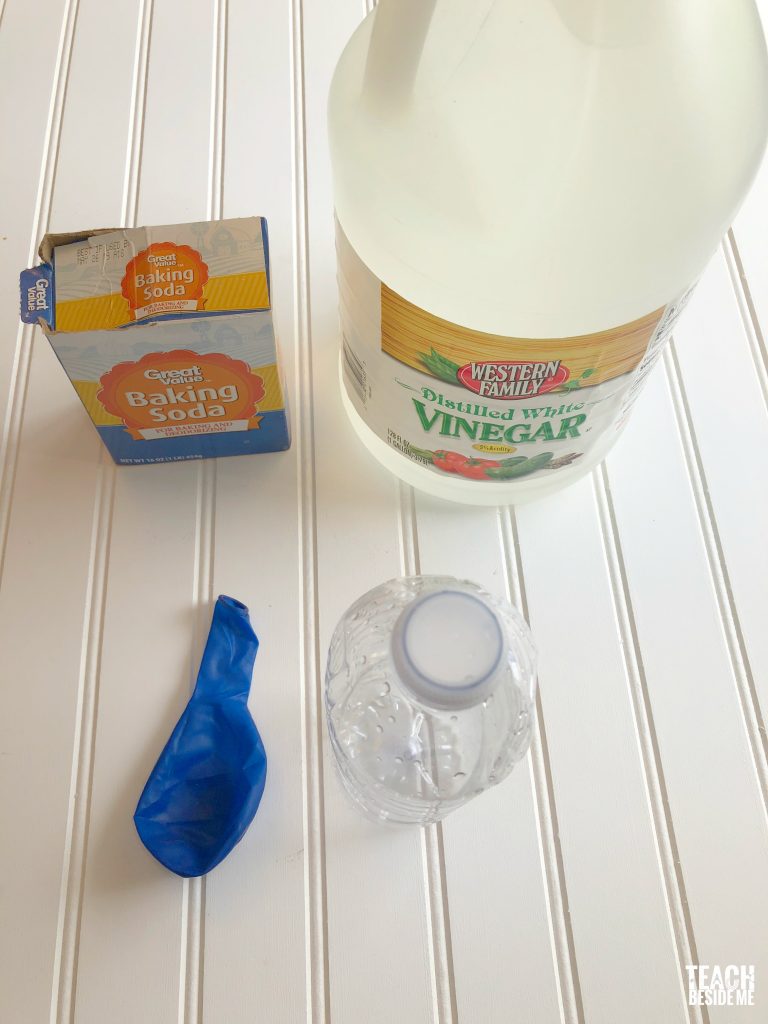


Self Inflating Balloon Baking Soda And Vinegar Balloon Experiment Teach Beside Me



How To Inflate A Balloon Using Baking Soda And Vinegar
Categories Entertainment Experiments s experiment timon show do not repeat crazy new video 17 funny comedy funny videos explode explosion destroy what if fail prank soda baking soda vinegar stupid blow upCreating a reaction between baking soda and vinegar is a classic science experiment that kids of all ages love to watch We've actually used the mixture in a few different science experiments ourselves including our green themed experiment and our soda bottle speed boats But adding a balloon to the mix just ups the fun factor and makes it seem like a brand new experiment allBaking Soda Balloons by Bryce Hixson Great lab to teach conservations of mass during a chemical reaction Vinegar is placed in a balloon, which is fixed over a test tube with baking soda The assemblage is weighed before and after the chemicals are mixed
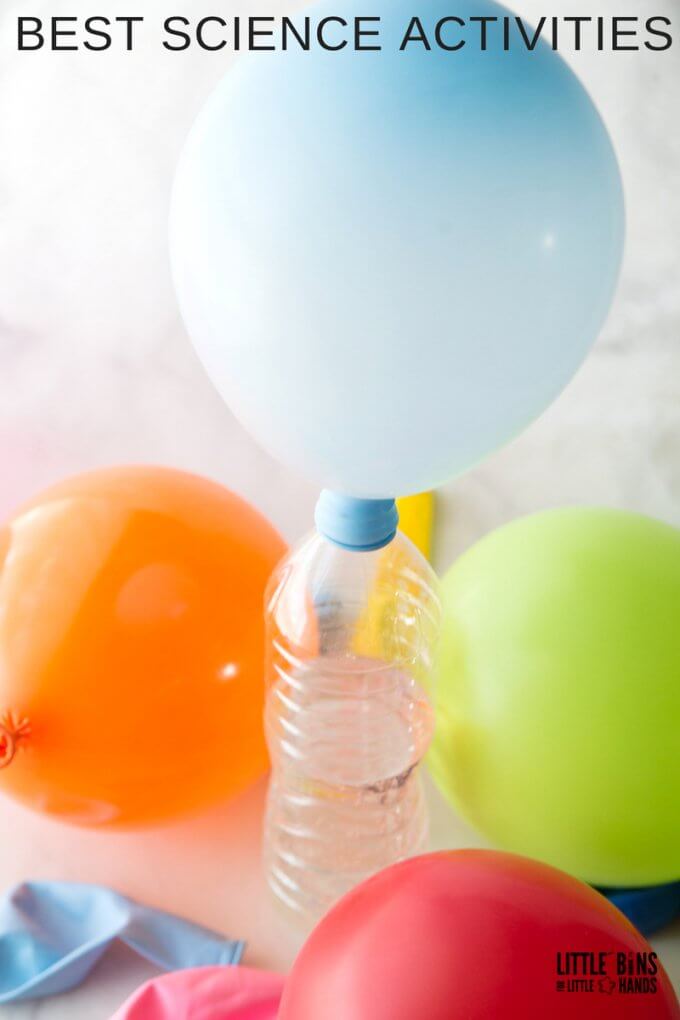


Balloon Baking Soda Vinegar Science Experiment For Kids
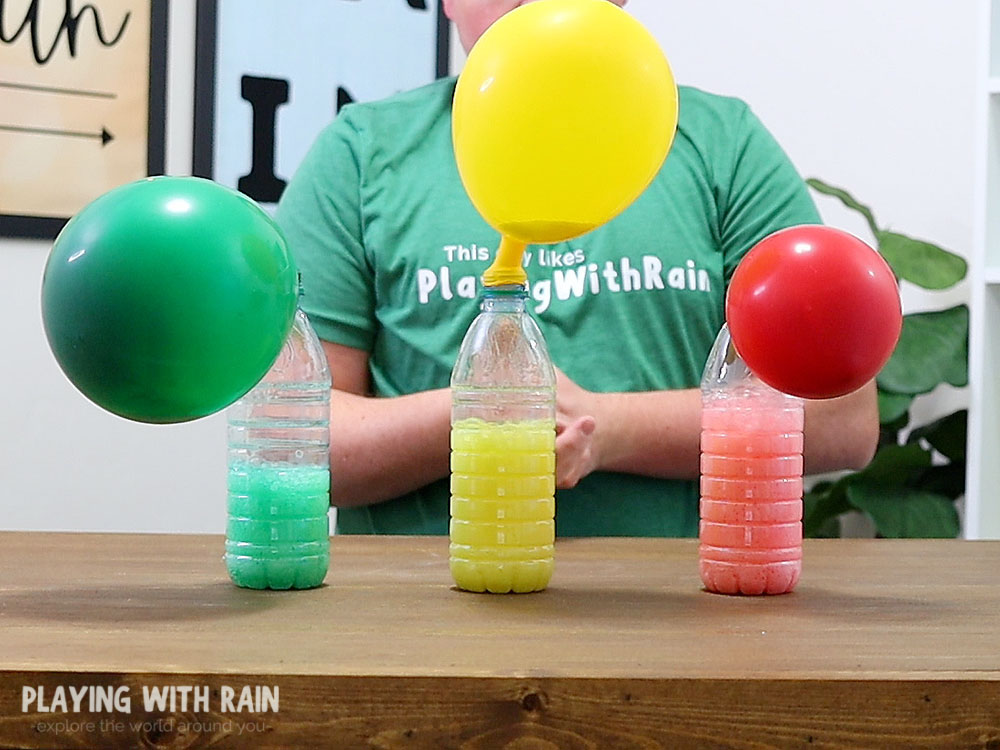


Baking Soda And Vinegar Balloon Experiment
Much like our Yeast Balloon Science Experiment, kids will learn how to blow up a balloon with vinegar and baking soda and learn a little chemistry at the same timeThis easy science experiment for kids onlyJun 11, · Conclusion The experiment and result of it supported our hypothesis that the bubbles would float on top of the mixture of the baking soda and vinegar It did this because when we combined the baking soda and vinegar it had a chemical reaction that produces carbon dioxide gas Also to know, what causes a balloon to inflate with baking soda andPour the vinegar into the bottle Carefully fit the balloon over the bottle opening (be careful not to drop the baking soda into the vinegar yet) Once the balloon is fitted snugly on the nozzle, hold up the balloon and allow the baking soda to fall into the vinegar Observe the chemical reaction and effect on the balloon



Mom To 2 Posh Lil Divas Blow It Up Exploring Gas With Balloons Baking Soda Vinegar



Blow Up Balloon This Time With Baking Soda And Vinegar Science And Samosa
Jun 08, · Like our giant balloon baking soda experiment, this is experiment is an acid/base reaction Vinegar is acidic and baking soda is a base Vinegar is acidic and baking soda is a base When you mix an acid with a base, two new chemicals form, carbonic acid and sodium acetateSep 23, · Once the balloon is secure, lift the balloon upright so the baking soda falls into the vinegar An acidbase reaction occurs between the baking soda and vinegar, creating carbon dioxide gas This5 ** To establish a control, repeat the experiment exactly as above but without adding any baking soda to the soda bottle This will allow you to measure the volume of air in the soda bottle The volume of gas produced by the baking sodavinegar reaction is equal to the volume of gas measured with the reaction minus the volume of gas measured
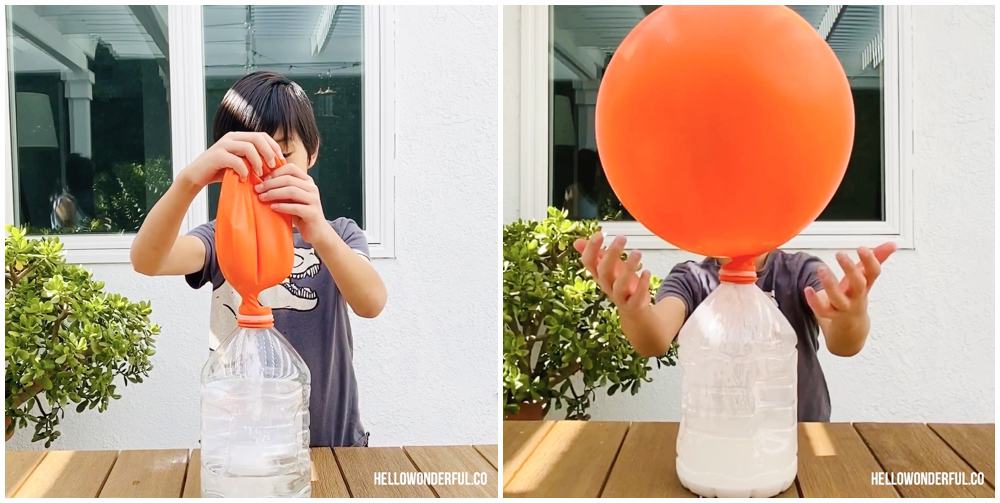


Giant Balloon Baking Soda And Vinegar Experiment Hello Wonderful



Balloon Experiment Baking Soda And Vinegar
The science, behind this balloon baking soda experiment, is the chemical reaction between the base {baking soda} and the acid {vinegar} When the two ingredients combine the balloon experiment gets it's lift!Jun 22, · The science and explanation to this baking soda balloon experiment The baking soda, and vinegar are mixing together to form a gas called carbon dioxide The gas expands It needs room to expand and grow If the water bottle outlet is sealed, the gas has no choice but to travel up and out into the balloon, filling the spaces up and inflating it!Measure 45 ml of vinegar and pour it into a water bottle Put the mouth of the balloon on the wine spout to keep the baking soda in the balloon (The balloon will be flopped to one side) Lift the balloon up and pour the baking soda into the bottle of vinegar Observe for 1 minute;


Science Experiments For Kids Blow Up A Balloon With Vinegar And Baking Soda
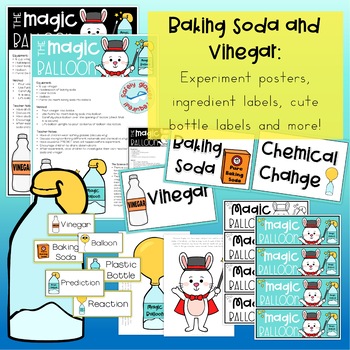


Fun Science Experiments Baking Soda And Vinegar Balloon Experiment
Http//bitly/1ZUlufx#socraticakids #socraticakidsscienceVinegar Baking Soda Balloons = FIZZY FUN!Mar 26, 21 · Science Experiments for Kids – Inflating a Balloon with Baking Soda and Vinegar Step 1 Add 2 or 3 teaspoons of baking soda to the unfilled balloon Step 2 Thoroughly rinse and dry the funnel Step 3 Pour 2 or 3 teaspoons of vinegar to the water bottle using the funnel Step 4 Attach the balloon to the top of the water bottle, beingMay , · Using a funnel to add the baking soda to your balloon balloon Pour the vinegar into the bottle Carefully fit the balloon over the bottle opening, but do not drop the baking soda into the vinegar yet Once the balloon is completely over the cap, hold up the balloon and allow the baking soda to fall into the vinegar
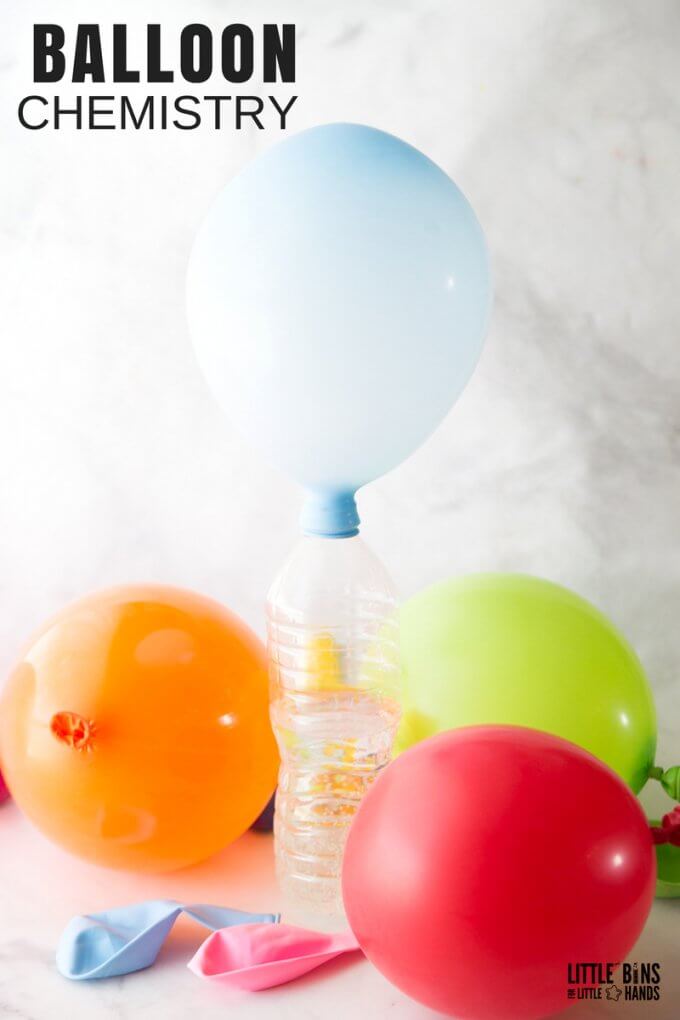


Balloon Baking Soda Vinegar Science Experiment For Kids



Baymax S Low Battery Baking Soda And Vinegar Experiment
Feb 01, 19 · Baking soda is bicarbonate (NaHCO3) and vinegar is acetic acid (HCH3COO) One of the products this reaction creates is carbon dioxide, which makes the bubbles When the baking soda meets the vinegar, there is a chemical reaction as carbon dioxide gas is created and fills the balloon causing it to inflate
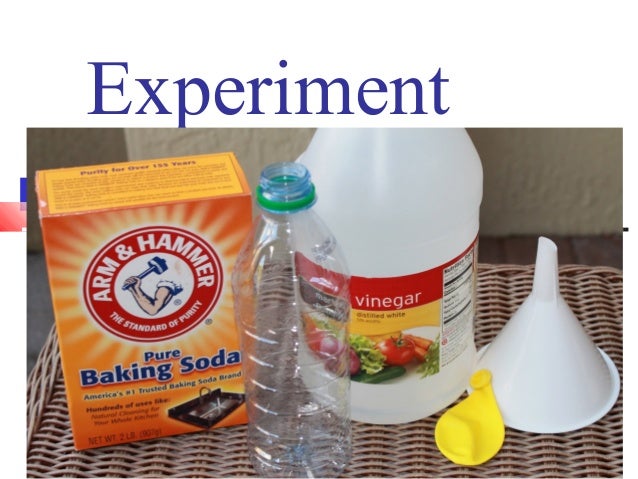


How To Inflate A Balloon Using Baking Soda And Vinegar


Koch Newsroom Baking Soda Balloons
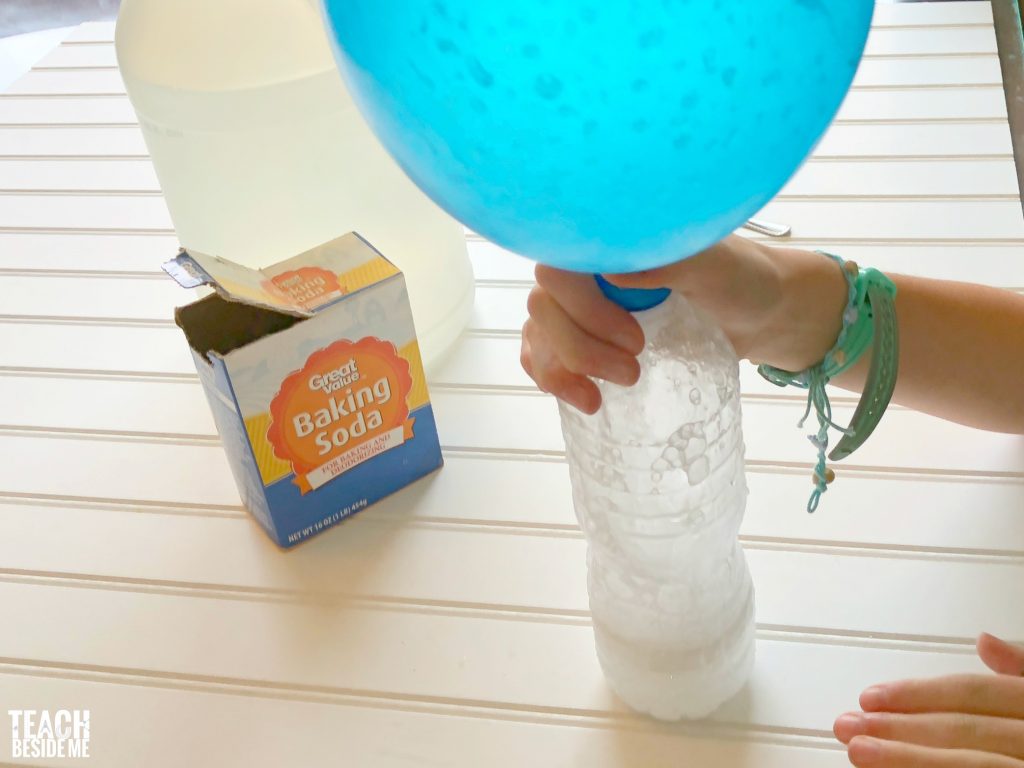


Self Inflating Balloon Baking Soda And Vinegar Balloon Experiment Teach Beside Me



Baking Soda And Vinegar Balloon Experiment Conclusion



Build A Fizz Inflator Sciencebob Com
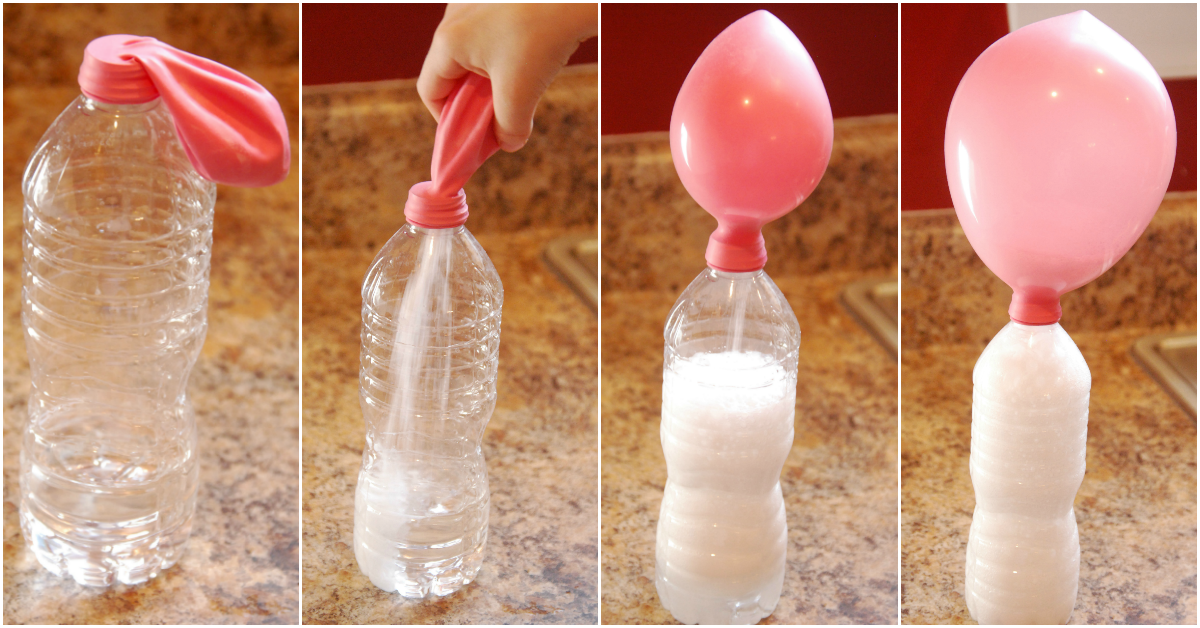


Vinegar And Baking Soda Balloon Experiment Happy Brown House


Science With Children Baking Soda And Vinegar Experiments
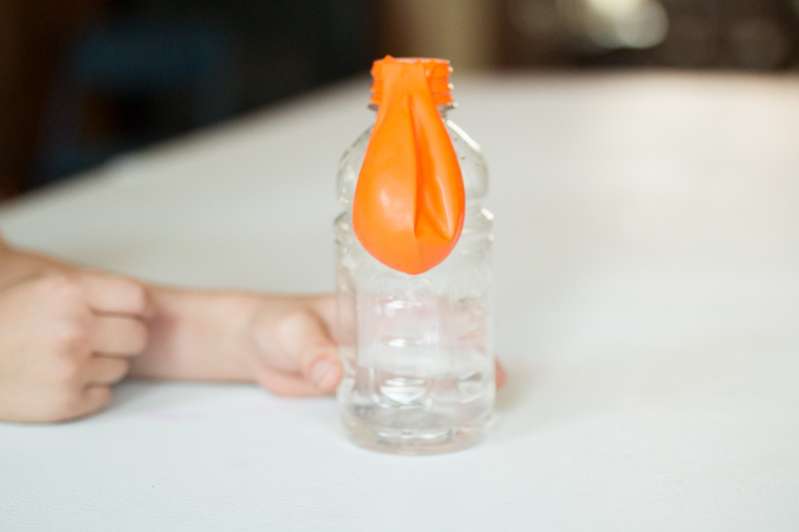


Blowing Up A Balloon With Baking Soda And Vinegar Cool



Baking Soda Vinegar And Our Atmosphere Experiment Wltx Com



Baking Soda Vinegar Balloon Experiment The Go To List



Balloon Experiment Baking Soda Experiments Balloon Experiment Experiments
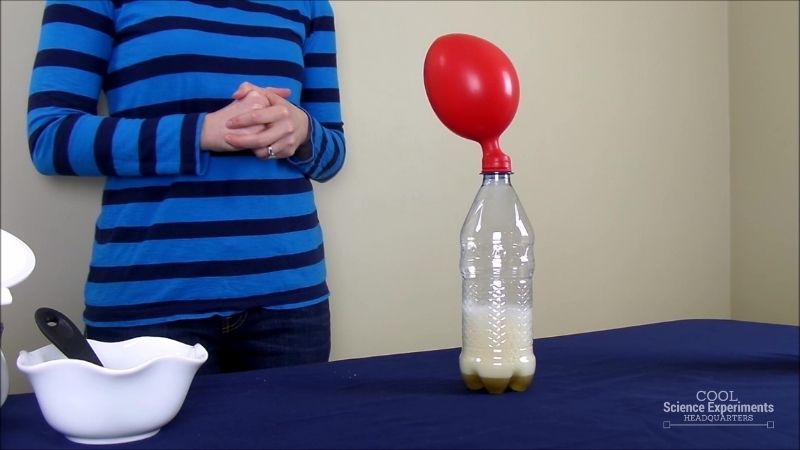


Balloon Blow Up Science Experiment
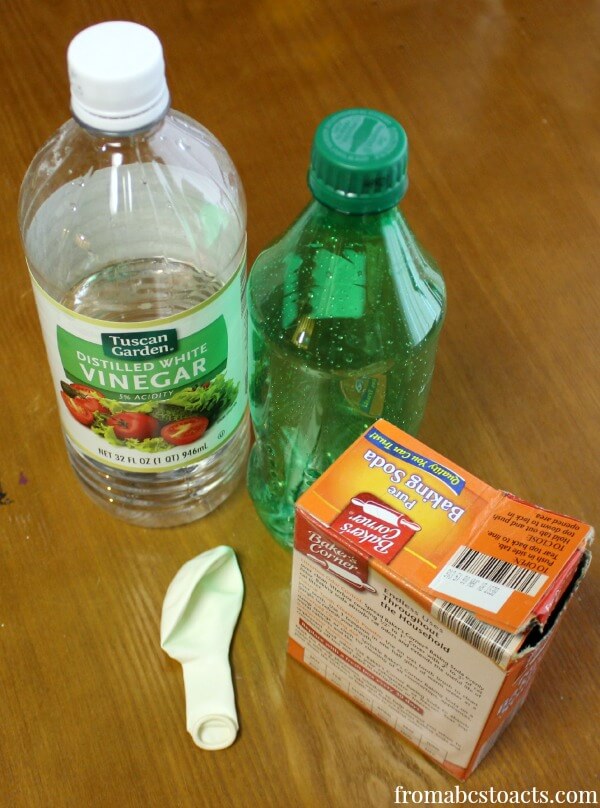


Balloon Science Experiment For Preschoolers From Abcs To Acts From Abcs To Acts



Science Experiment With Baking Soda And Vinegar Balloon Vector Art At Vecteezy



Build A Fizz Inflator Sciencebob Com
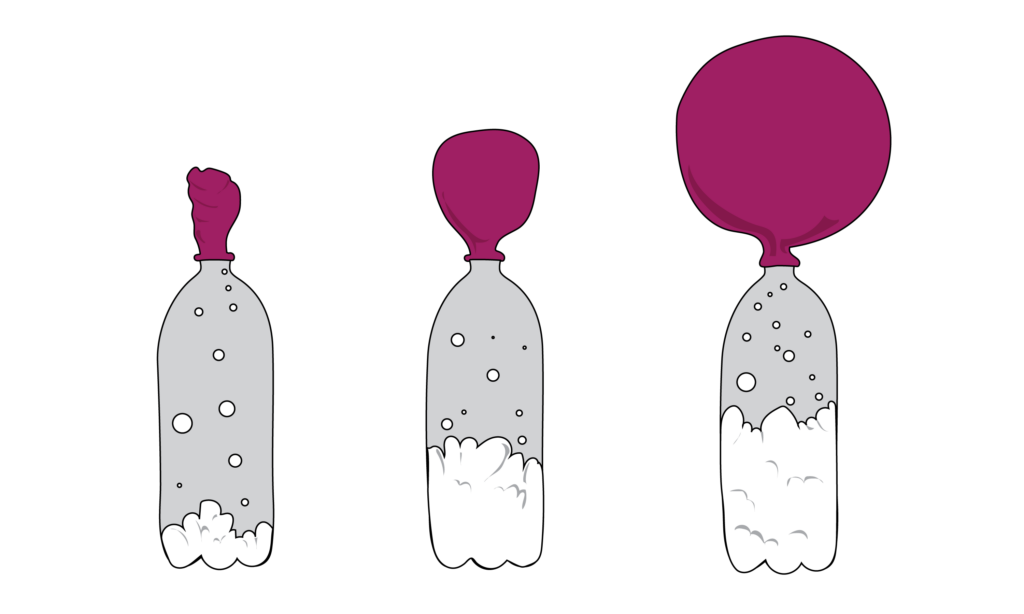


The Science Of Baking Soda Jerry James Stone



Magic Balloons Playdough To Plato



Baking Soda Vinegar Balloon Experiment Youtube



Ejercicio De Monster Experiment


Ghost Balloons Halloween Stem Experiment Mombrite
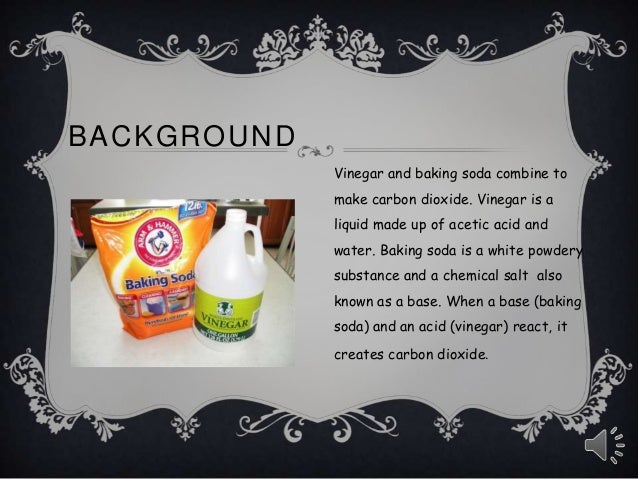


Experimental Report Heavy Balloons
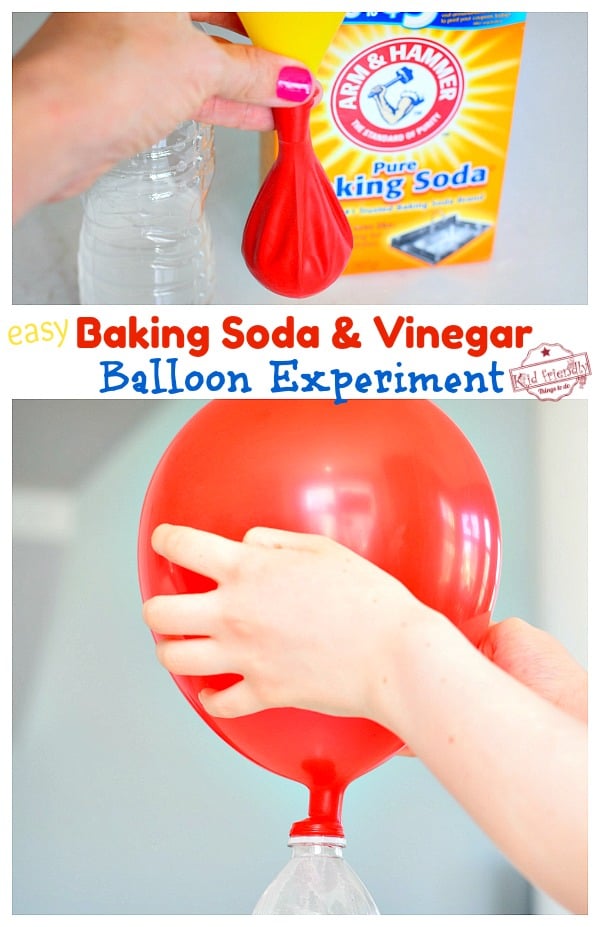


Baking Soda Vinegar Balloon Experiment Easy Fun Kid Friendly Things To Do



Baking Soda And Vinegar Balloon Experiment
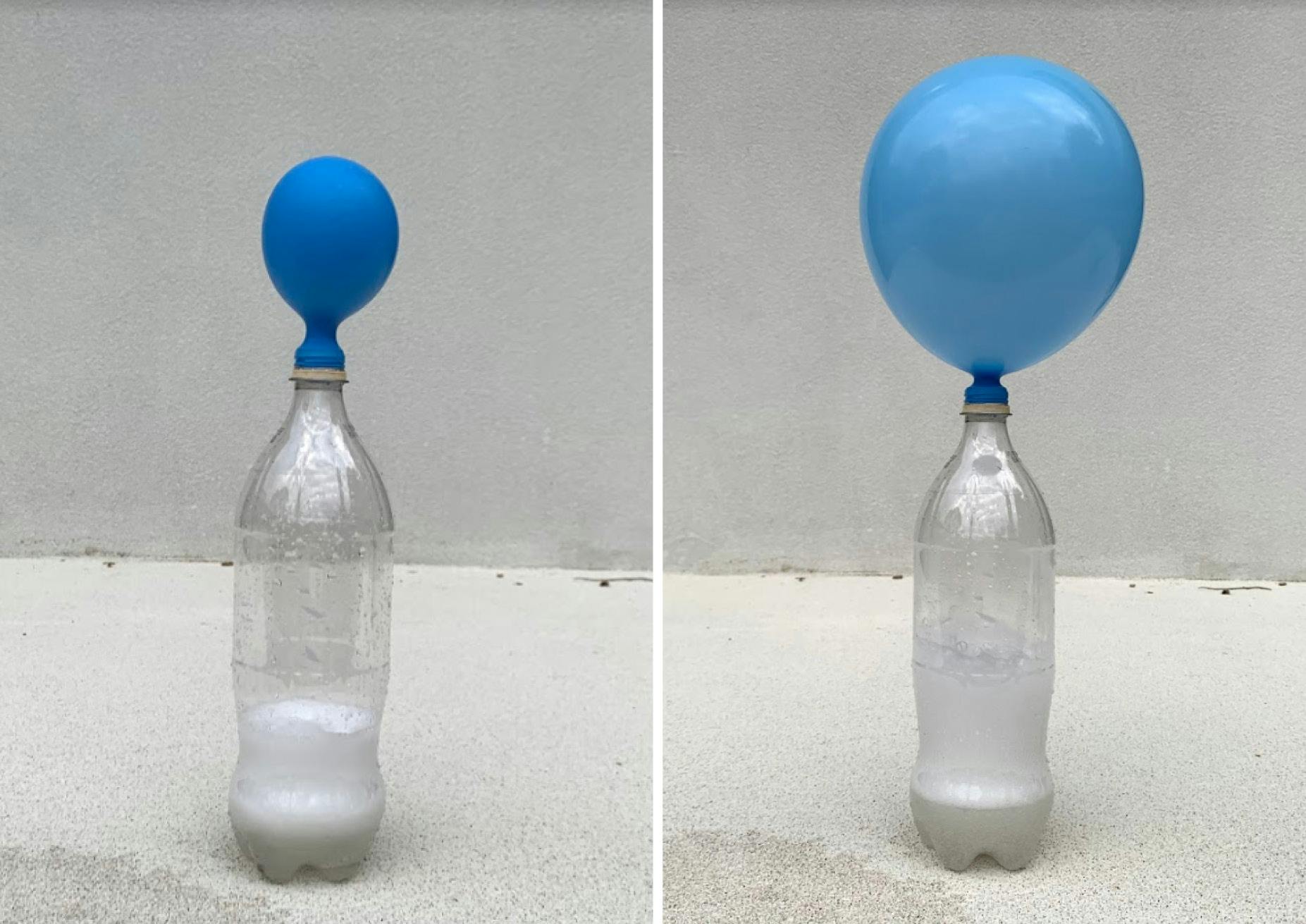


At Home Lesson Breathless Balloons With Edie S Experiments Penguin Books Australia
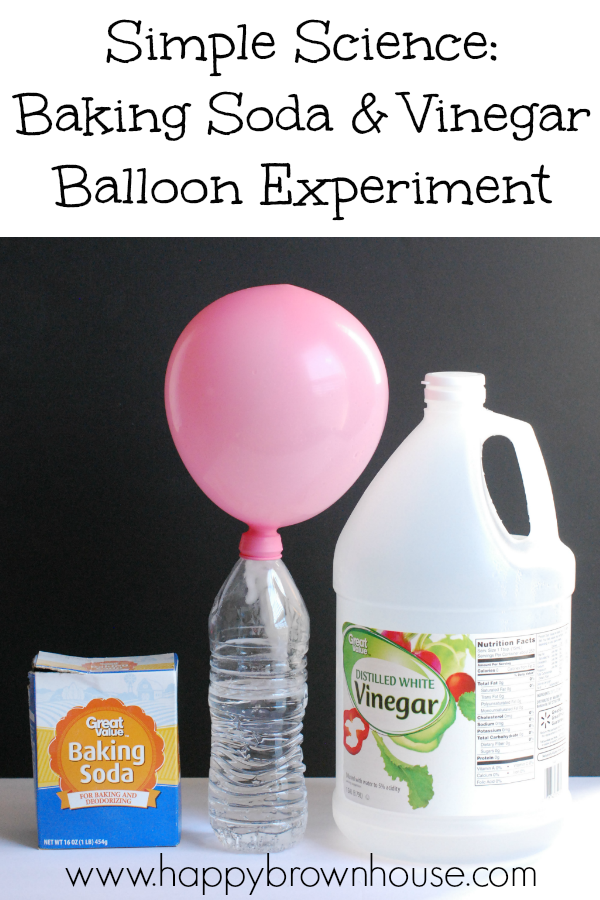


Vinegar And Baking Soda Balloon Experiment Happy Brown House



Science Project How To Inflate Up A Balloon With Liquid Ppt Video Online Download



Baking Soda And Vinegar Balloon Experiment Science Project Education Com
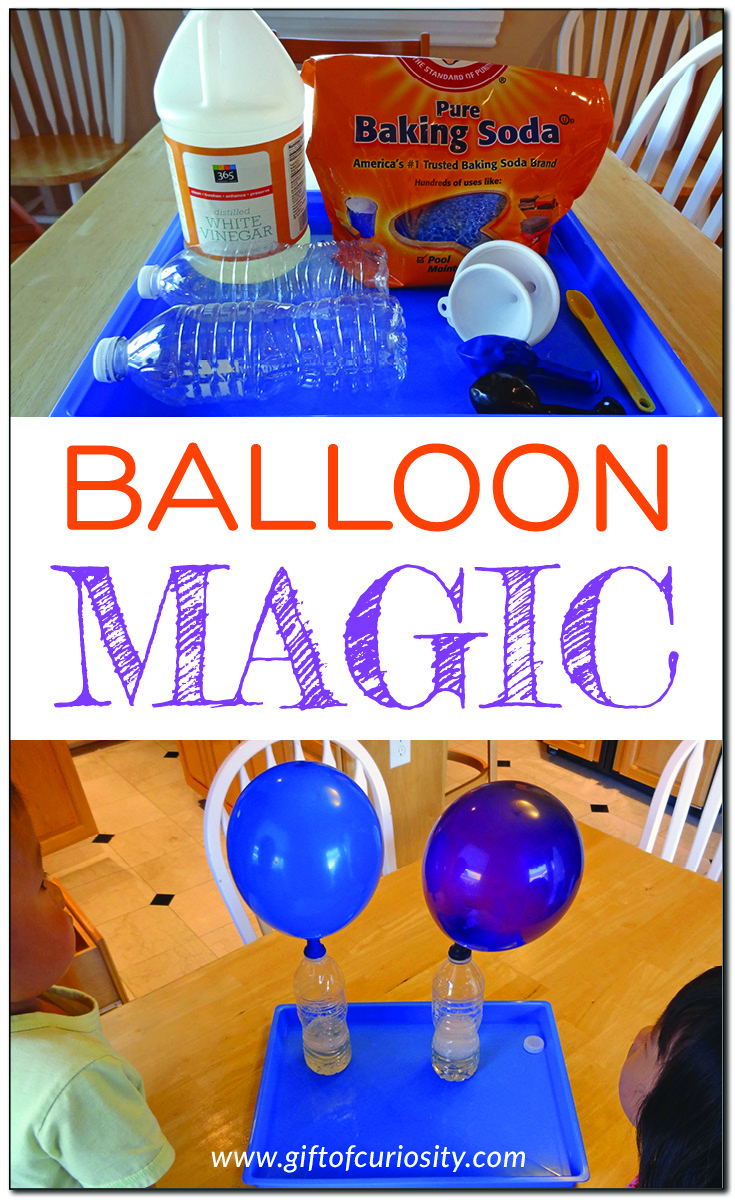


Balloon Magic With Baking Soda And Vinegar Gift Of Curiosity


Science Experiments For Kids Blow Up A Balloon With Vinegar And Baking Soda
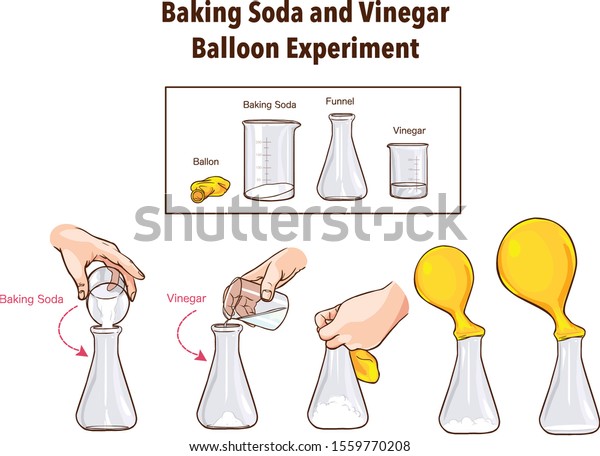


Baking Soda And Vinegar Balloon Experiment Science



Science Experiment With Baking Soda And Vinegar Balloon 177 Vector Art At Vecteezy
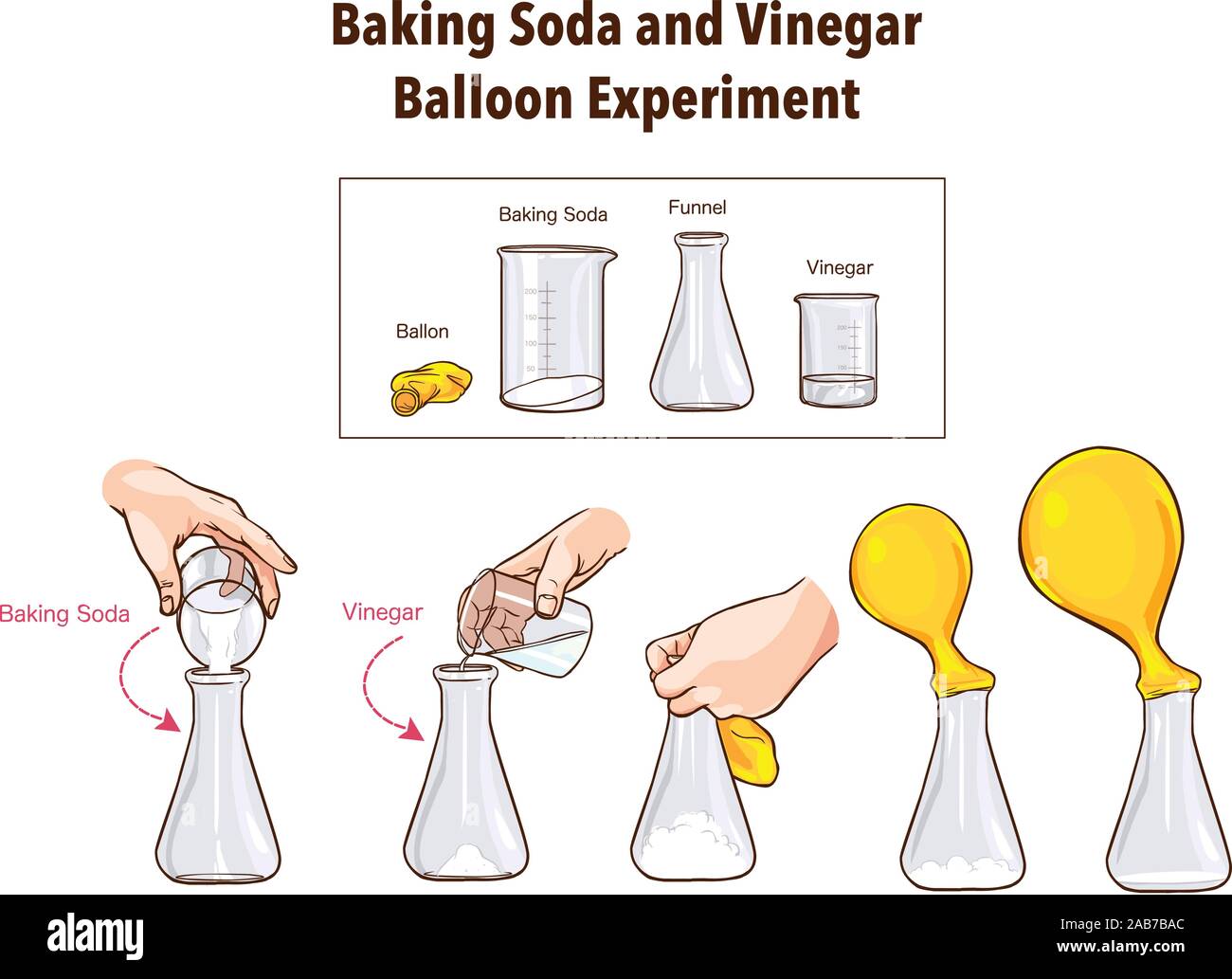


Baking Soda And Vinegar Balloon Experiment Science Stock Vector Image Art Alamy
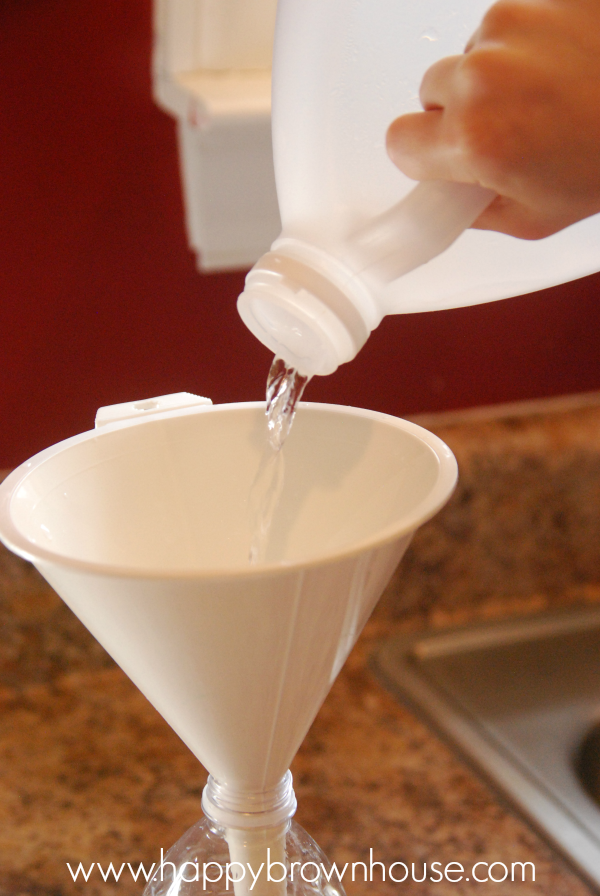


Ferreira Shine Sensory Science 5 4 Holyoke Public Schools At Home Learning



Blowing Up A Balloon With Baking Soda And Vinegar Thriftyfun



Science Birthday Party Blow Up That Balloon Experiment Thriving Home



Balloon Baking Soda Vinegar Experiment For Kids Bilingual Education Activities
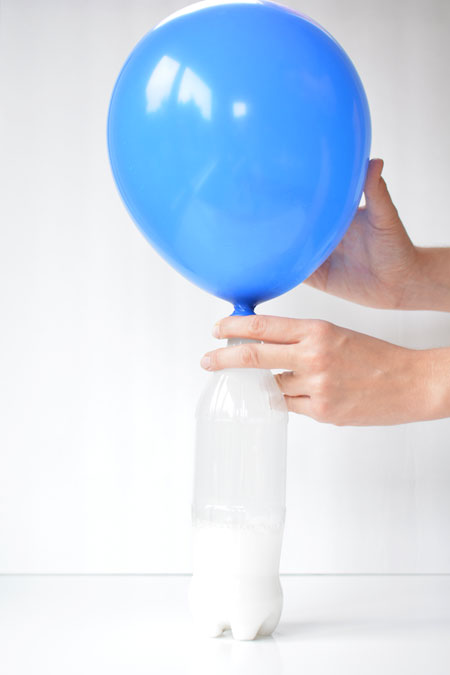


Baking Soda And Vinegar Balloons



Self Inflating Balloon Science Experiment
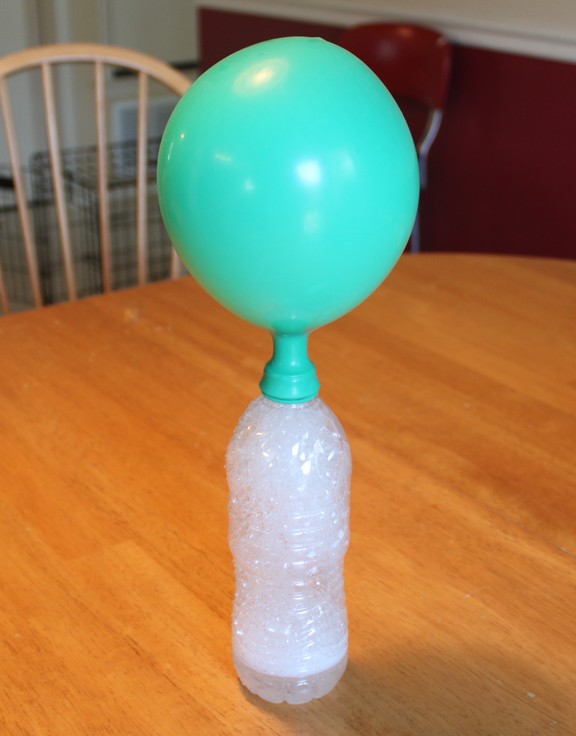


Blow Up A Balloon With Baking Soda And Vinegar Frugal Fun For Boys And Girls



Baking Soda And Vinegar Balloon Experiment Youtube
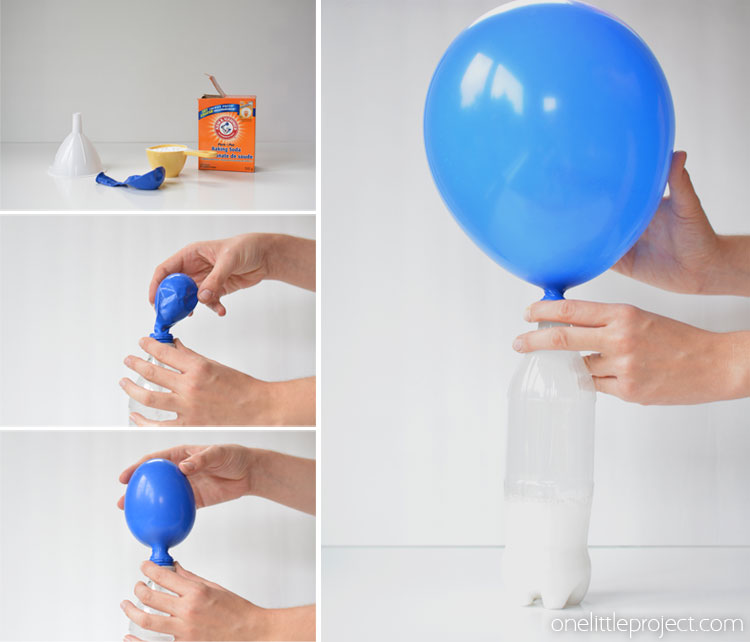


Baking Soda And Vinegar Balloons



Inflate A Balloon With Baking Soda And Vinegar Pbs Kids For Parents
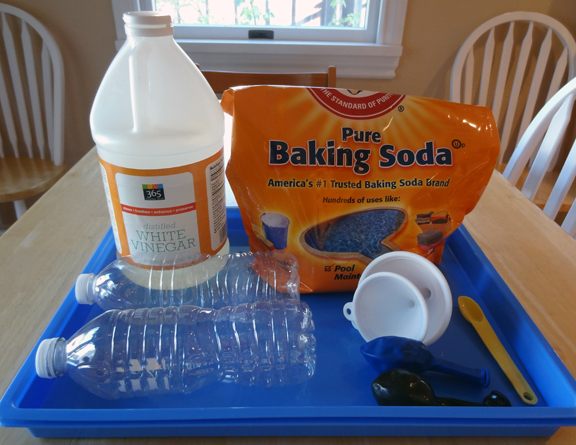


Balloon Magic With Baking Soda And Vinegar Gift Of Curiosity



Vinegar And Baking Soda Balloon Experiment Happy Brown House
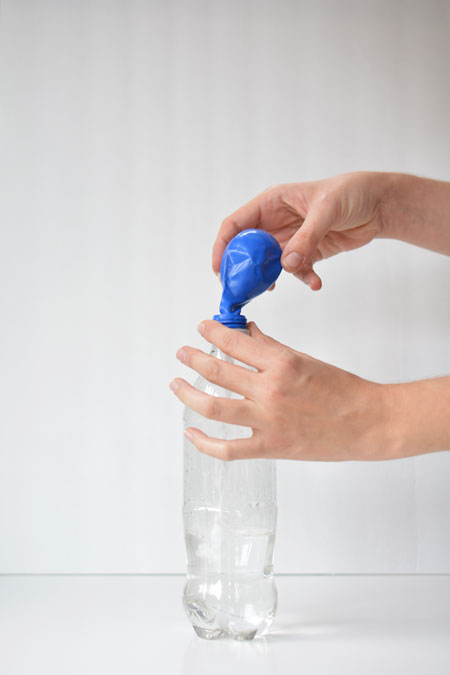


Baking Soda And Vinegar Balloons
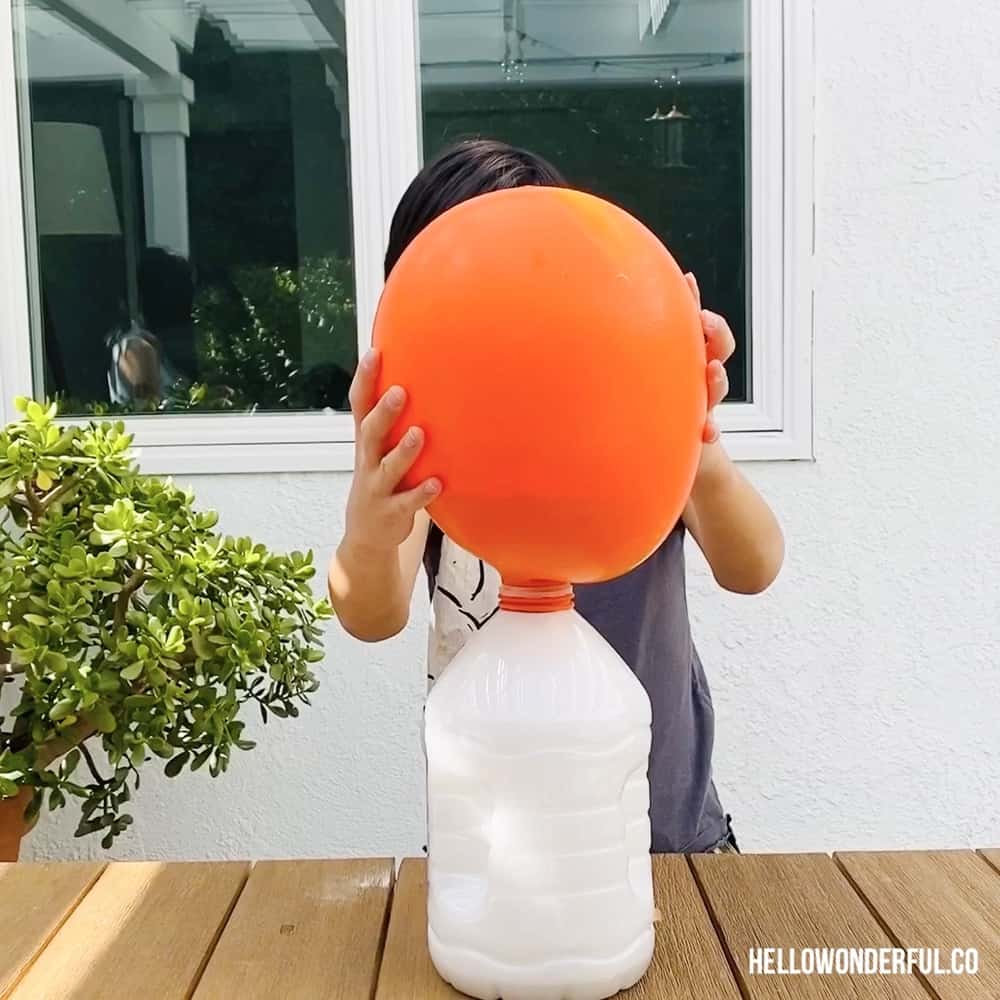


Giant Balloon Baking Soda And Vinegar Experiment Hello Wonderful



Mom To 2 Posh Lil Divas Blow It Up Exploring Gas With Balloons Baking Soda Vinegar
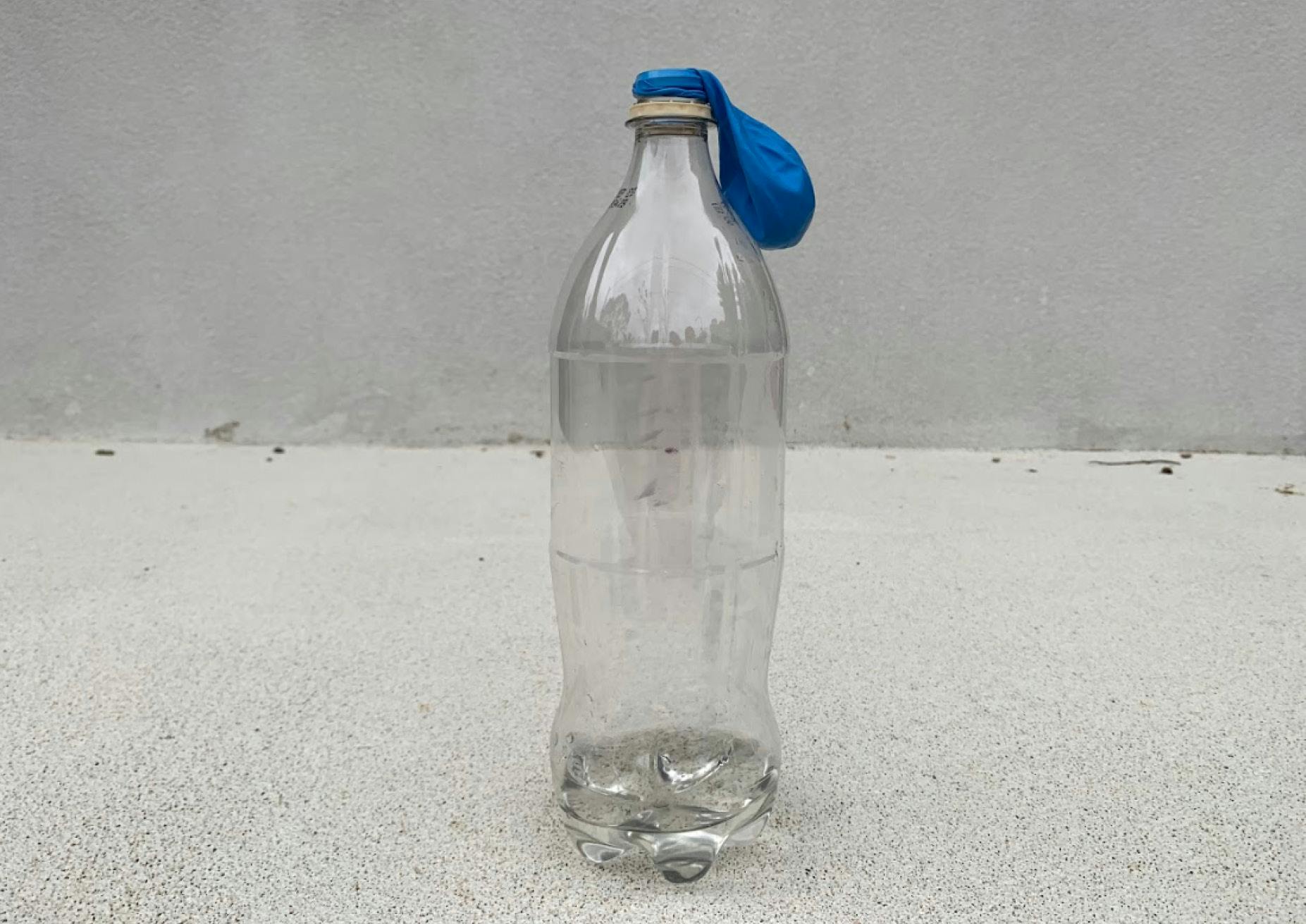


At Home Lesson Breathless Balloons With Edie S Experiments Penguin Books Australia
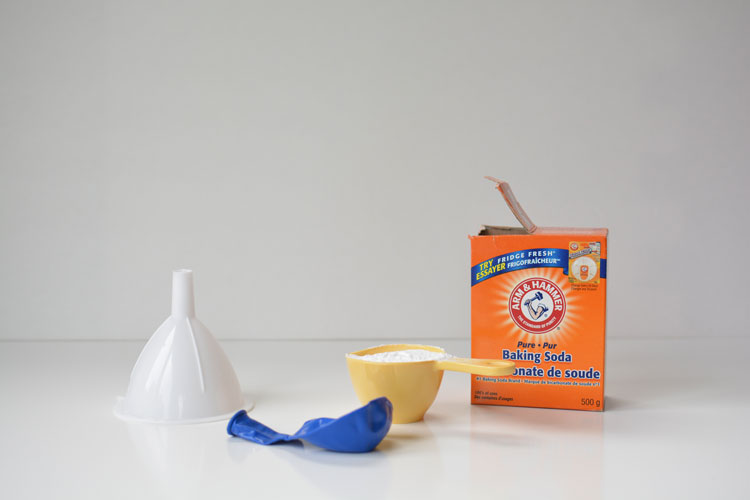


Baking Soda And Vinegar Balloons
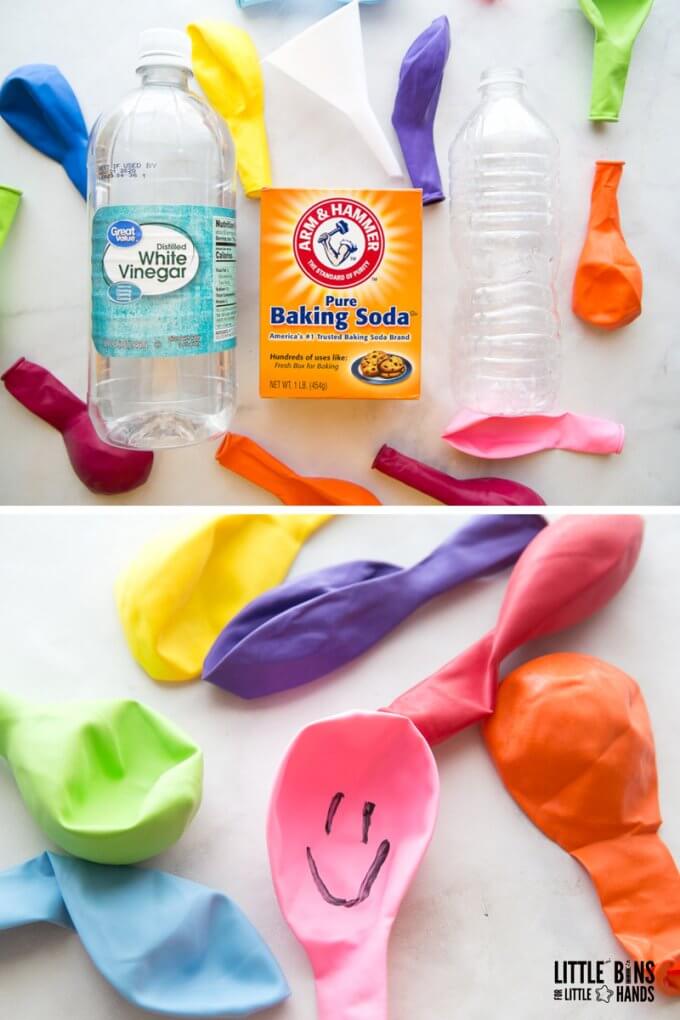


Balloon Baking Soda Vinegar Science Experiment For Kids



Balloon Baking Soda Vinegar Kids Science
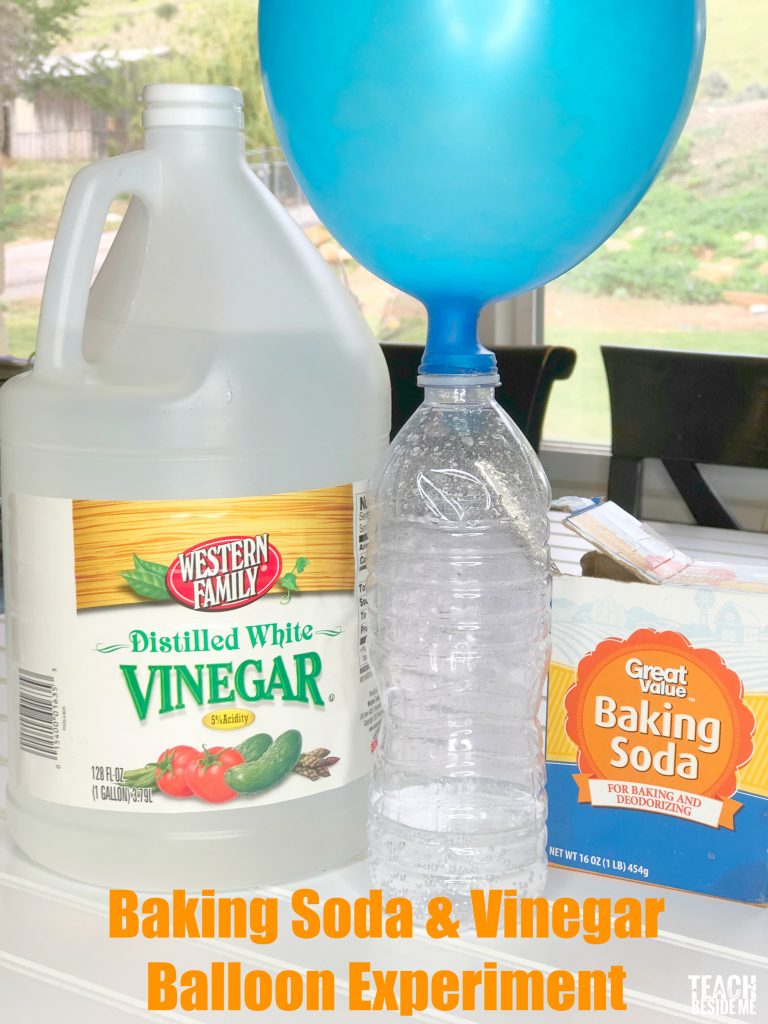


Self Inflating Balloon Baking Soda And Vinegar Balloon Experiment Teach Beside Me



Baking Soda And Vinegar Balloon Experiment For Kids Science Experiments Kids Kid Experiments Balloon Experiment



Science Experiment With Baking Soda And Vinegar Balloon Illustration Canstock



Balloon Baking Soda Vinegar Kids Science



Baking Soda And Vinegar Balloons
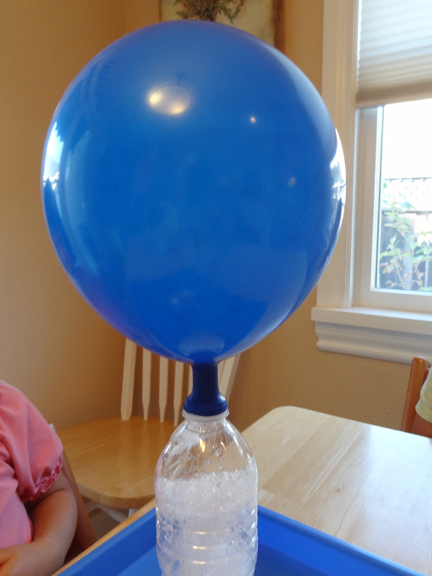


Balloon Magic With Baking Soda And Vinegar Gift Of Curiosity


Baking Soda Vinegar Balloon Experiment Capturing Parenthood
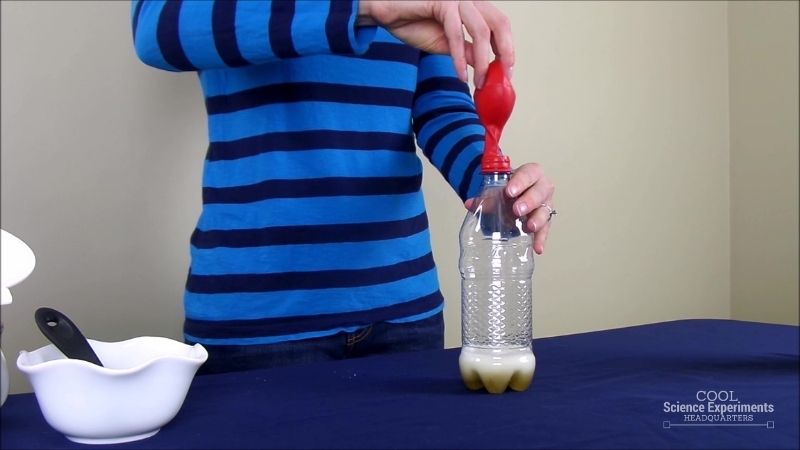


Balloon Blow Up Science Experiment



Baking Soda And Vinegar Balloon Science Project Education Com



Baking Soda And Vinegar Balloon Experiment Science Projects For Kids Educational Videos By Mocomi Youtube



How To Fill A Balloon With Baking Soda Vinegar 5 Steps With Pictures Instructables
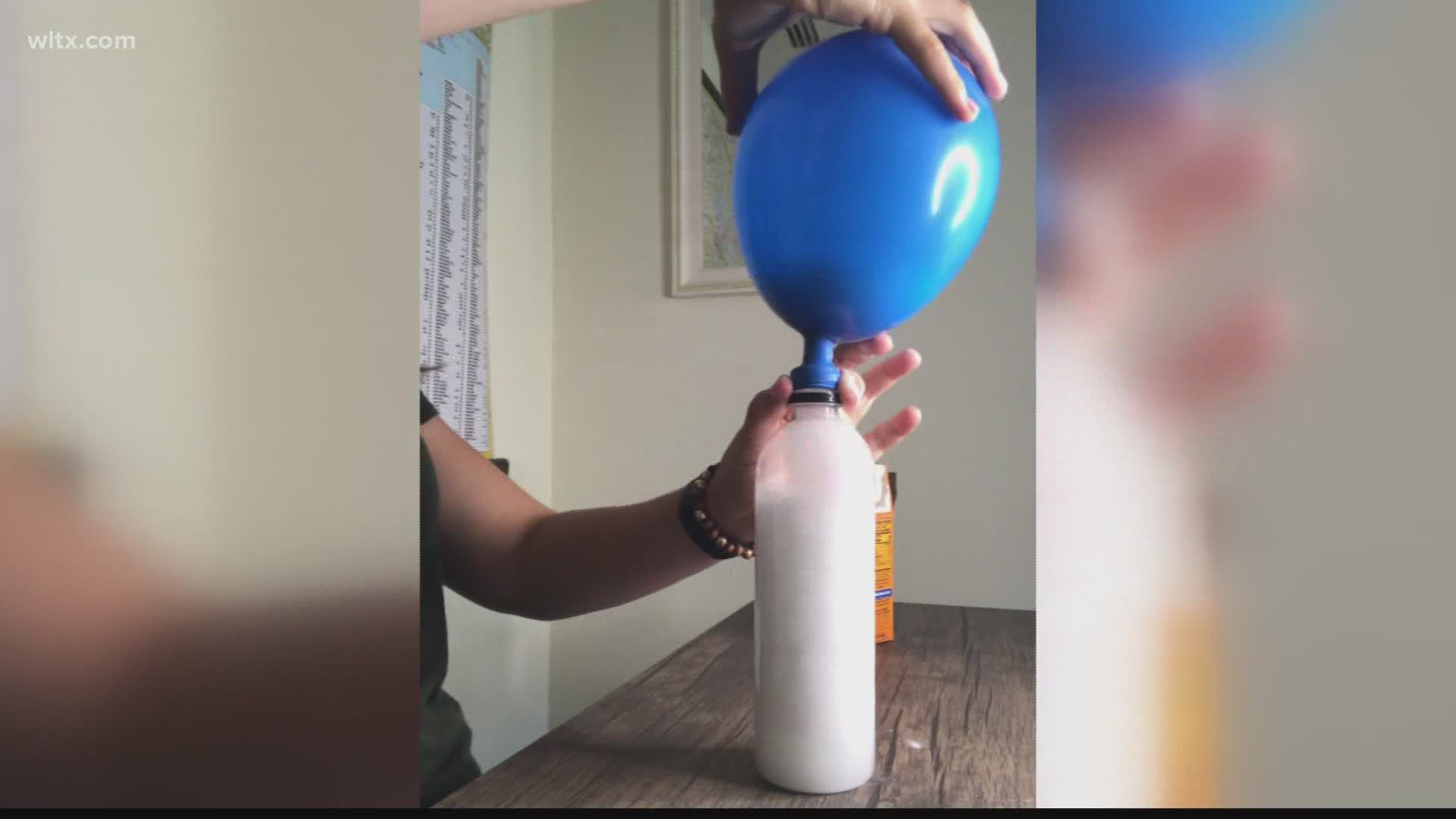


Baking Soda Vinegar And Our Atmosphere Experiment Wltx Com
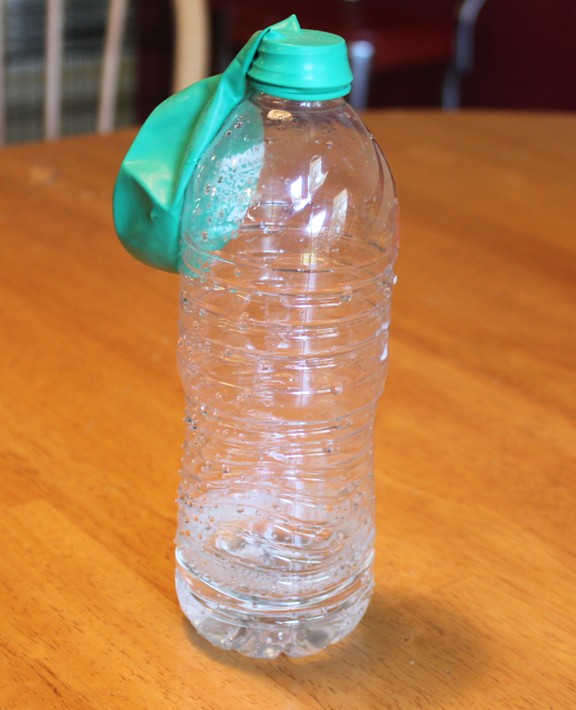


Blow Up A Balloon With Baking Soda And Vinegar Frugal Fun For Boys And Girls


Easy Baking Soda Balloon Experiment
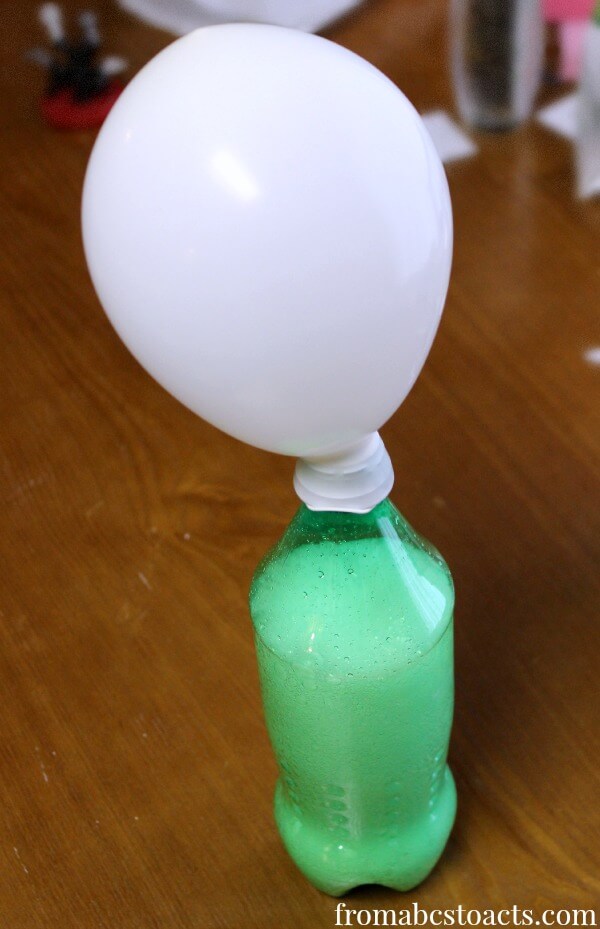


Balloon Science Experiment For Preschoolers From Abcs To Acts From Abcs To Acts
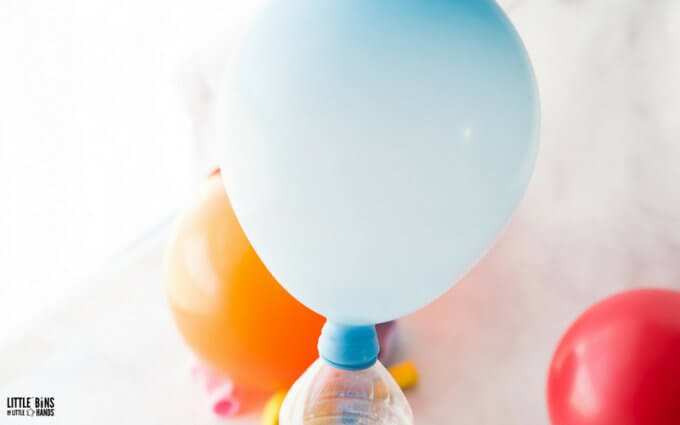


Balloon Baking Soda Vinegar Science Experiment For Kids



Balloon Inflates On Its Own Science Resources School Of Dragons
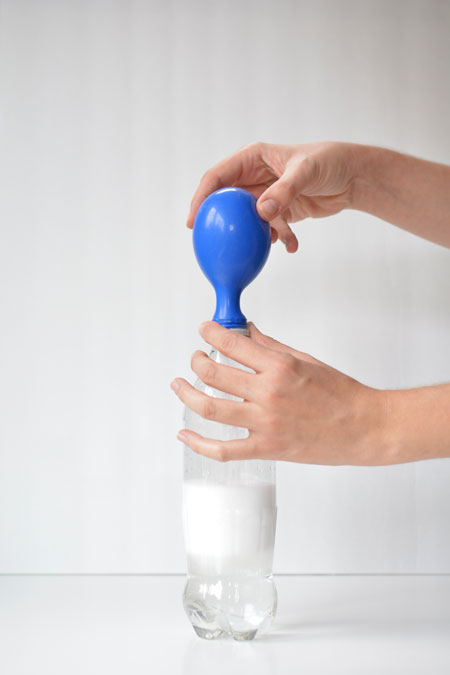


Baking Soda And Vinegar Balloons



0 件のコメント:
コメントを投稿